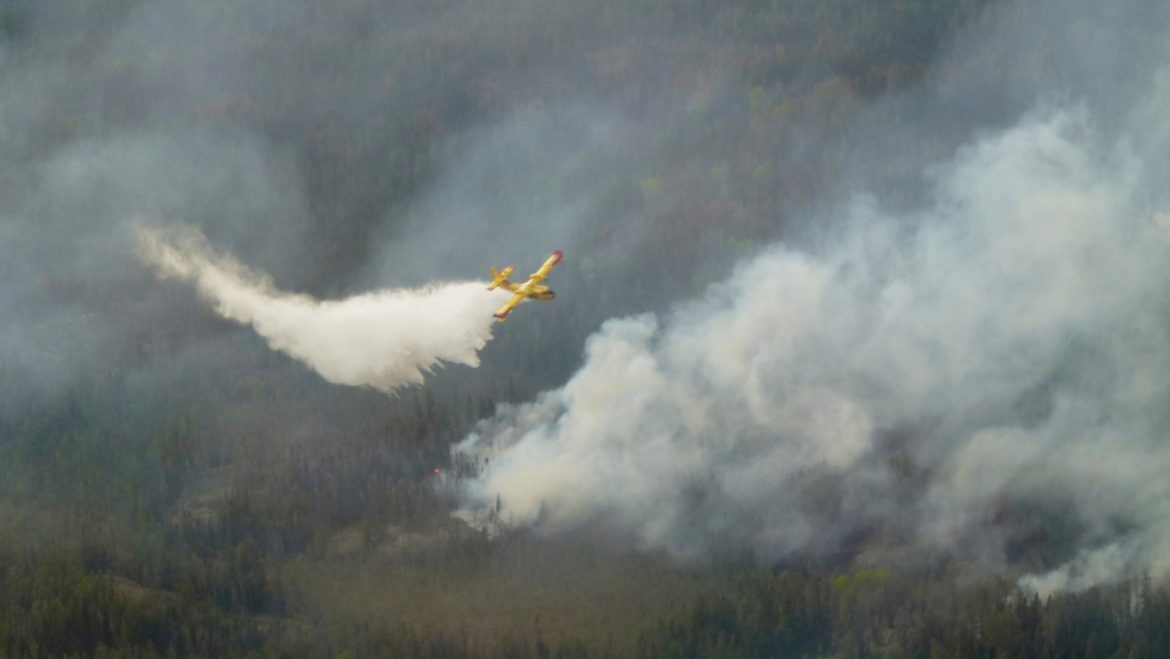Escalating Wildfires Spur Massive Evacuations Across Canadian Provinces
In recent developments, a severe wildfire outbreak has forced the evacuation of tens of thousands of residents across three Canadian provinces: Manitoba, Saskatchewan, and Alberta. The scale of these evacuations and the accompanying environmental hazards illustrate the intensity and broad impact of the fires.
—
Scope and Scale of Evacuations
The most significant displacement has occurred in Manitoba, where approximately 17,000 residents were evacuated by Saturday. Saskatchewan has relocated around 8,000 people, while Alberta has evacuated about 1,300 residents. These figures collectively mark a large-scale population movement driven by the uncontrollable wildfires sweeping through these regions.
Such extensive evacuations indicate not only the direct threat that the fires pose to lives and properties but also the logistical challenges governments face in coordinating safe relocations of entire communities on short notice.
—
Environmental and Health Impacts
Beyond the immediate threat of flames, the wildfires have severely affected air quality across several provinces and even spilled over into the United States along the border. The smoke from these fires is reducing visibility and deteriorating air quality, creating hazardous conditions for residents and complicating firefighting efforts.
The presence of particulates and toxic gases in the smoke impacts respiratory health, particularly for vulnerable populations such as children, the elderly, and those with pre-existing conditions. These conditions necessitate not only evacuation but also ongoing public health advisories and interventions in the affected areas.
—
Regional Implications and Cross-Border Effects
The transboundary nature of the smoke and its effects highlights the broader regional implications of these wildfires beyond Canada’s borders. Reduced visibility and degraded air conditions in U.S. border states underline the importance of international cooperation in wildfire monitoring and emergency response strategies.
Additionally, the economic and infrastructural toll on these provinces can be expected to be significant, affecting forestry, agriculture, and local businesses. Recovery from such widespread wildfires typically requires substantial resources and coordinated support efforts.
—
Response and Preparedness
The ongoing evacuations demonstrate active government response, aiming to prioritize civilian safety. Emergency services, including firefighting teams and evacuation coordinators, are working under challenging conditions to mitigate the fires’ spread and assist displaced residents.
Preparedness also extends to public communication strategies, ensuring that affected populations are kept informed about air quality risks, evacuation orders, and available assistance. This incident reinforces the critical need for robust wildfire management plans and community resilience practices in regions prone to such natural disasters.
—
Conclusion: A Crisis of Climate and Community
The current wildfire crisis in Canada serves as a stark reminder of the growing frequency and intensity of such environmental emergencies. The large-scale evacuations and widespread health impacts underscore the complex challenges faced by governments and communities in preserving safety, managing environmental health, and cultivating resilience.
Looking ahead, these events emphasize an urgent call for enhanced wildfire prevention measures, improved environmental monitoring, and strengthened cross-border collaboration to better address the evolving nature of wildfire threats in an increasingly volatile climate. The resilience and adaptive capacity of affected communities will be pivotal in navigating the aftermath and preparing for future challenges.


